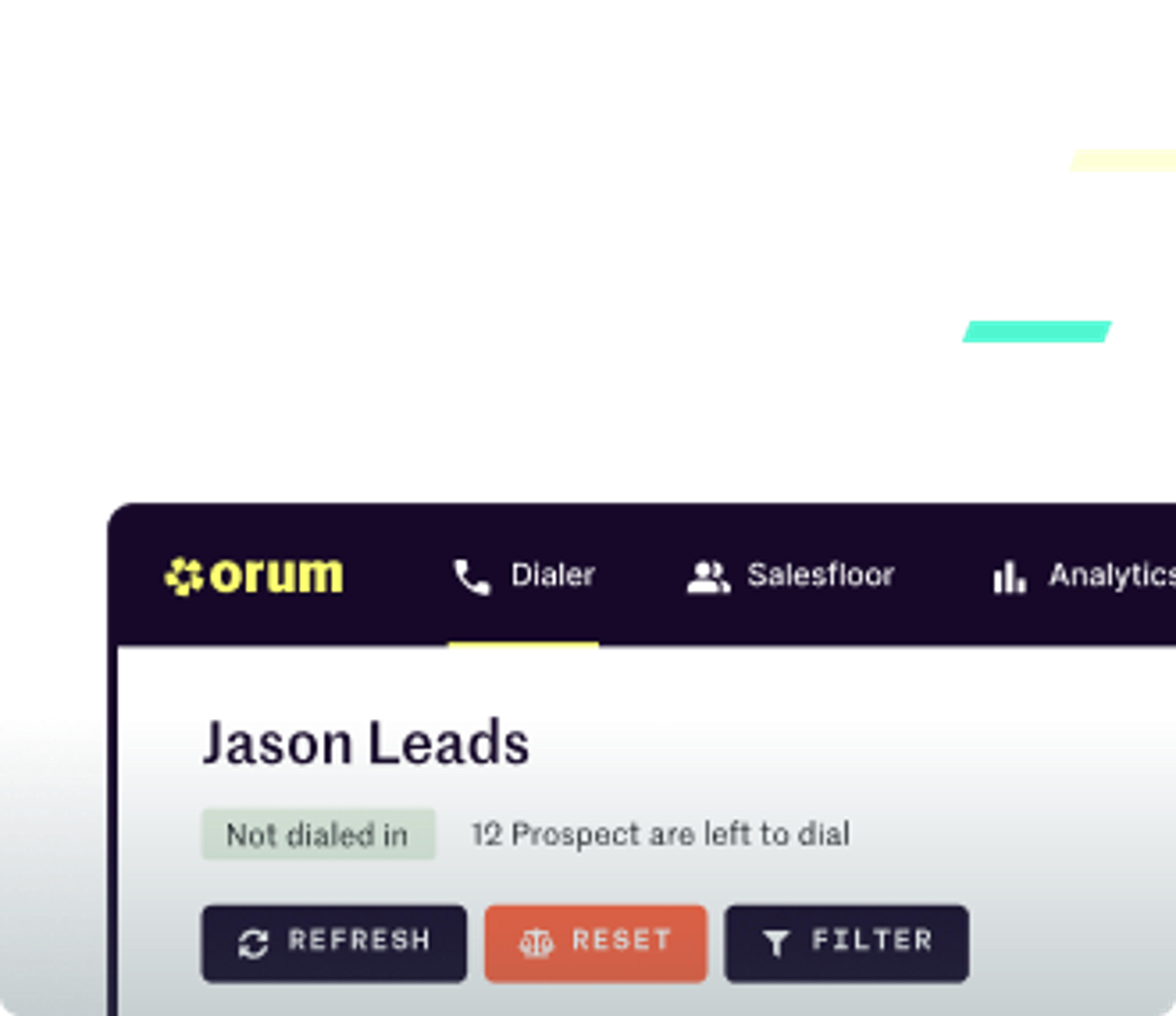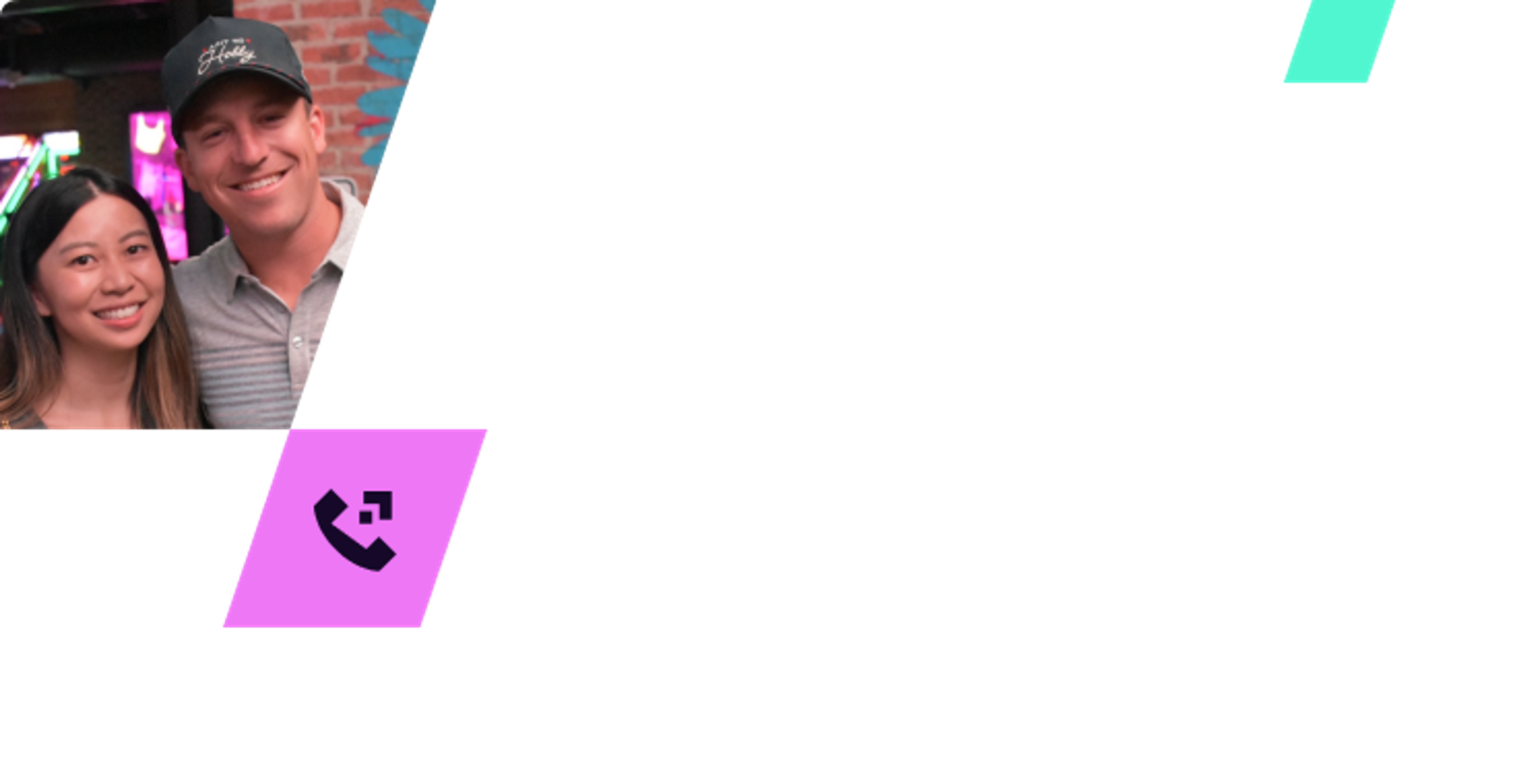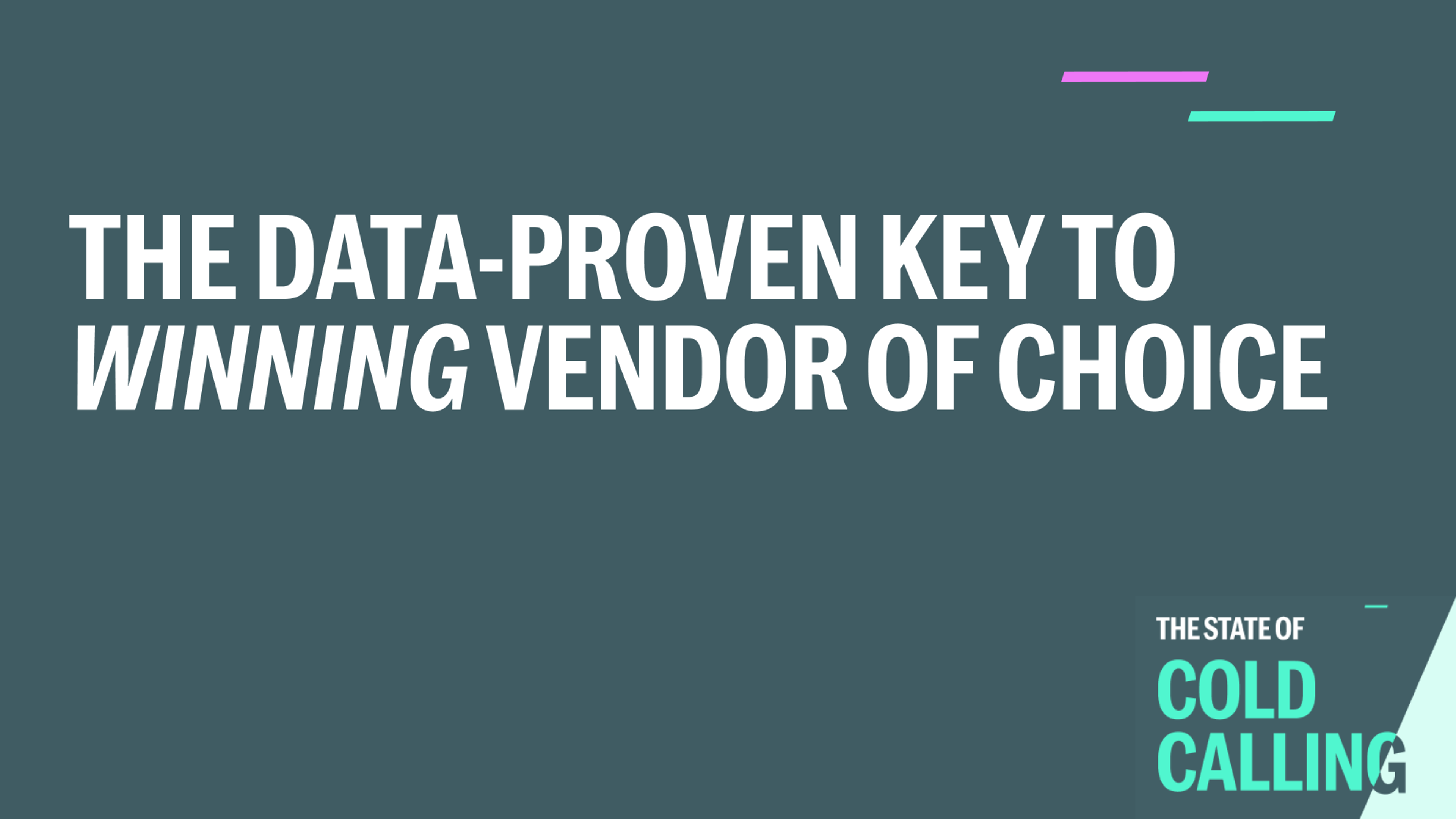How to use parallel dialing to succeed in cold calling


Anyone who’s ever been in sales knows that cold calling can be intimidating. There is a fear of the unknown. Anxiety can build up while you wait for a prospect to pick up, and then you have no idea how they’re going to react. At Orum, our job is to get your sales reps into more conversations with prospective customers faster, but we acknowledge there can be hesitancy when introducing a calling culture.
We are driven by creating more opportunities for you to grow your pipeline, but it would be disingenuous to say that cold calling doesn’t come with some jitters. Those feelings can be amplified when you’re parallel dialing. In this post, we’ll offer practical tips your reps can use to eliminate call anxiety and hesitation when parallel dialing. First, let’s explain what we’re talking about.
What is parallel dialing?
Parallel dialing is calling multiple numbers on your prospect list at once. Orum’s A.I. is constantly scanning for a real human, in which case you will get connected to them.
Parallel vs. Power dialing
Power dialing is an automated process where Orum dials each number in your call list one number at a time. When parallel dialing, multiple calls will be placed simultaneously versus one at a time. You will be transferred once the AI has determined you’re live with a prospect.
How to open a call when doing parallel dialing
The stress connected to cold calling and parallel dialing especially comes from several areas. One is not knowing when someone is going to answer your call. Stress also comes from the fact that when parallel dialing, your prospect notes only come up on the screen when the prospect picks up. This can cause your rep to be thrown off or startled when someone picks up and says hello.
When performing parallel dialing, a rep will hear a brief beep which is their cue to start talking. There is a tendency to freeze up in the moment, which is why we suggest having a simple opener ready. This gives you time to scan the notes to give yourself the necessary confidence to complete the pitch. Select one of these succinct greetings and use it for every connection during a call blitz.
- Hey [Prospect First Name], this is [Name] from [Company]; good morning/afternoon!
- Hey [First Name], how are you?
- Hey [Prospect First Name], it’s [Name] from [Company]. They keeping you busy today?
- Hey [Prospect name], it's [name] from [Company]. Great to connect with you!
Why a simple opener is most effective in cold calling
The key to an opening line in cold calling is to form an instant connection with the prospect while establishing who you are and why you’re calling. It’s essential that you explain the purpose of your call honestly and directly as soon as possible. Transparency builds trust and can be the foundation of a long-lasting relationship with that prospect. You never know which opportunity will become a multi-year deal, so treating every prospect with the respect of being honest and direct is essential.
Part of that transparency includes being honest with prospects about the reason for the slight delay if they ask. Orum has the lowest delay time currently on the market but if they ask it’s important to be honest. Telling them you’re using a dialing platform and sometimes there is a brief delay before it connects will help to humanize you.
Ultimately, you’re calling these prospects because you have a solution that can solve their problems, and it’s perfectly acceptable to discuss how and why you called them.
What to do after your cold call opener
Once you’ve introduced yourself, the best way to move forward is with empathy, acknowledgement, and permission. Cold calling can be uncomfortable for the sales rep but it’s also uncomfortable for the prospect. Once you understand that truth, you can better determine how to proceed. We suggest these two styles of follow-up lines:
- "I know I caught you cold here - do you mind if I level with you really quickly and explain what we do so we don’t waste any time with unnecessary follow up?"
- I’m giving you a call because I saw that you are their [Insert title] and wanted to discuss [Insert problem you solve]. Can I tell you a little bit more about why I am calling and you can tell me if it’s worth scheduling a longer conversation?
By stating clearly that you only need a few seconds of their time, you’re acknowledging their part of the process and asking for permission to proceed. We’ve found that these types of lines put prospects more at ease and make them more open to hearing your pitch. With parallel dialing, the best way to do this is by adding strategic pauses into your pitch so you can quickly scan your call notes for that prospect.
We also recommend personalizing the script with the prospect's information and your own. This subtle tweak to the approach helps establish rapport, shows that you've done your research, and respects the prospect's time by seeking permission to continue the conversation.
Regardless of how many cold calls you’ve made in your career, there will always be a rush of adrenaline and nervousness that comes with the process. These feelings are both natural and expected and can be amplified by performing parallel dialing but when you properly prepare for your call blitzes and know how you’re going to approach each connection, you dramatically increase the likelihood of creating more opportunities and, ultimately, scheduling more meetings.





